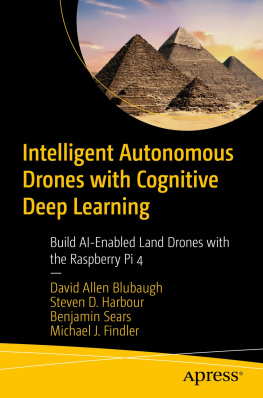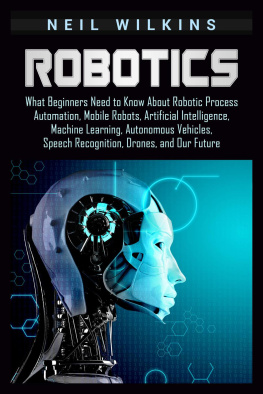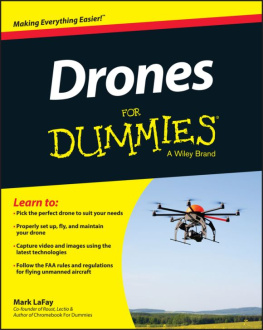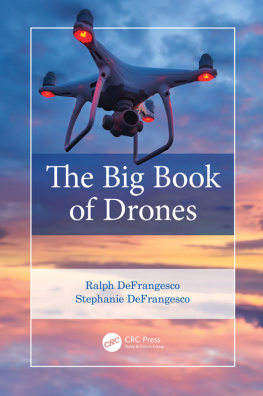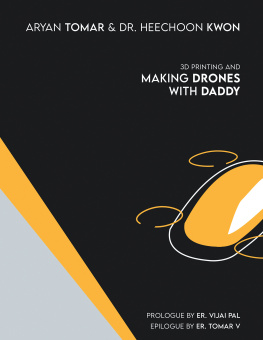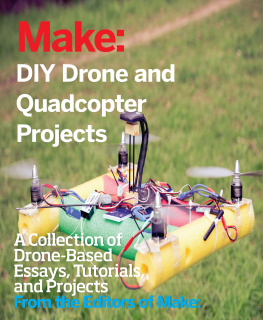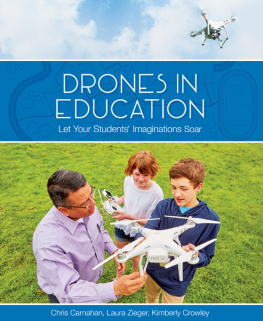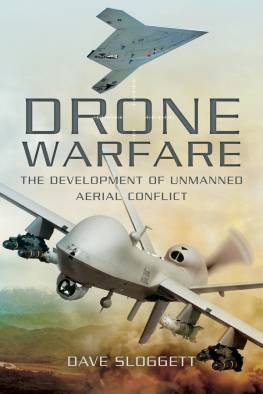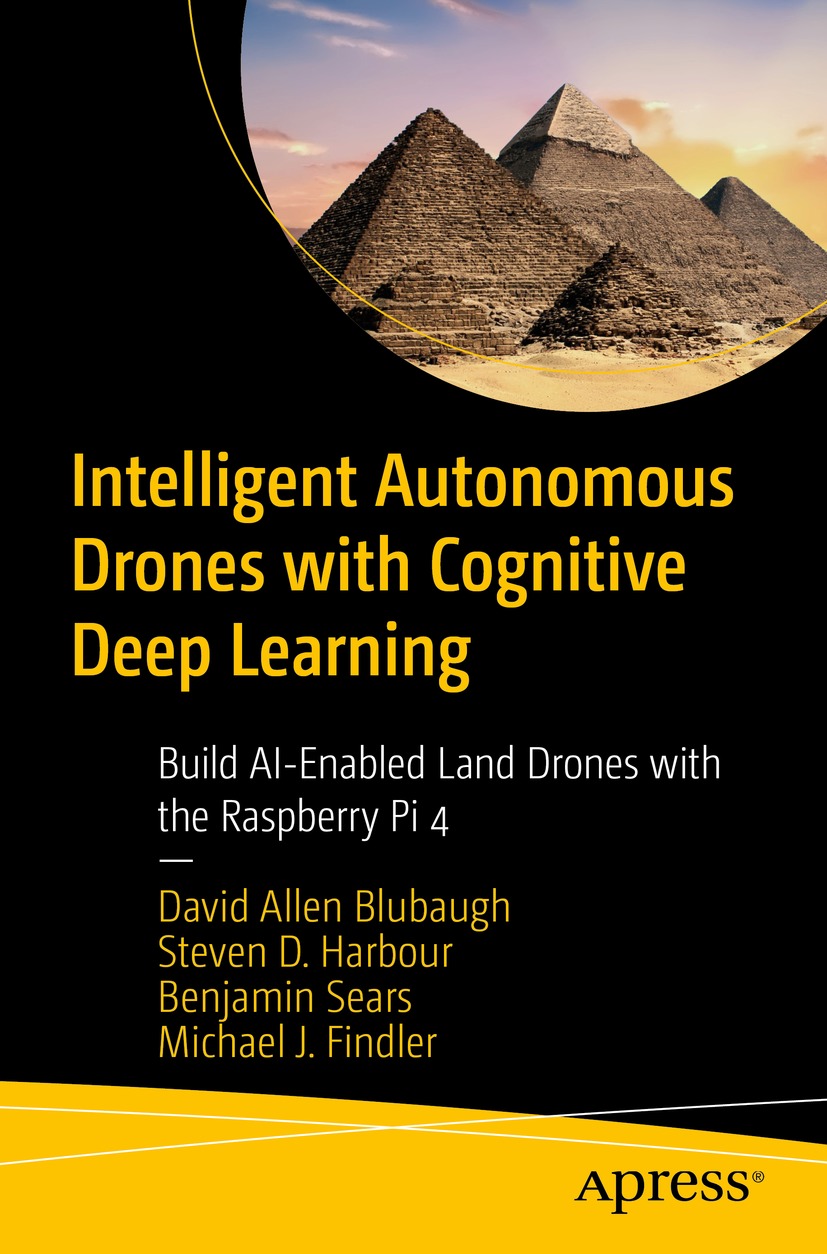David Allen Blubaugh - Intelligent Autonomous Drones with Cognitive Deep Learning: Build AI-Enabled Land Drones with the Raspberry Pi 4
Here you can read online David Allen Blubaugh - Intelligent Autonomous Drones with Cognitive Deep Learning: Build AI-Enabled Land Drones with the Raspberry Pi 4 full text of the book (entire story) in english for free. Download pdf and epub, get meaning, cover and reviews about this ebook. year: 2022, publisher: Apress, genre: Computer / Science. Description of the work, (preface) as well as reviews are available. Best literature library LitArk.com created for fans of good reading and offers a wide selection of genres:
Romance novel
Science fiction
Adventure
Detective
Science
History
Home and family
Prose
Art
Politics
Computer
Non-fiction
Religion
Business
Children
Humor
Choose a favorite category and find really read worthwhile books. Enjoy immersion in the world of imagination, feel the emotions of the characters or learn something new for yourself, make an fascinating discovery.
- Book:Intelligent Autonomous Drones with Cognitive Deep Learning: Build AI-Enabled Land Drones with the Raspberry Pi 4
- Author:
- Publisher:Apress
- Genre:
- Year:2022
- Rating:3 / 5
- Favourites:Add to favourites
- Your mark:
Intelligent Autonomous Drones with Cognitive Deep Learning: Build AI-Enabled Land Drones with the Raspberry Pi 4: summary, description and annotation
We offer to read an annotation, description, summary or preface (depends on what the author of the book "Intelligent Autonomous Drones with Cognitive Deep Learning: Build AI-Enabled Land Drones with the Raspberry Pi 4" wrote himself). If you haven't found the necessary information about the book — write in the comments, we will try to find it.
Youll progress from a list of specifications and requirements, in small and iterative steps, which will then lead to the development of Unified Modeling Language (UML) diagrams based in part to the standards established by for the Robotic Operating System (ROS). The ROS architecture has been used to develop land-based drones. This will serve as a reference model for the software architecture of unmanned systems.
Using this approach youl be able to develop a fully autonomous drone that incorporates object-oriented design and cognitive deep learning systems that adapts to multiple simulation environments. These multiple simulation environments will also allow you to further build public trust in the safety of artificial intelligence within drones and small UAS. Ultimately, youll be able to build a complex system using the standards developed, and create other intelligent systems of similar complexity and capability.
Intelligent Autonomous Drones with Cognitive Deep Learning uniquely addresses both deep learning and cognitive deep learning for developing near autonomous drones.
What Youll Learn
- Examine the necessary specifications and requirements for AI enabled drones for near-real time and near fully autonomous drones
- Look at software and hardware requirements
- Understand unified modeling language (UML) and real-time UML for design
- Study deep learning neural networks for pattern recognition
- Review geo-spatial Information for the development of detailed mission planning within these hostile environments
Who This Book Is For
Primarily for engineers, computer science graduate students, or even a skilled hobbyist. The target readers have the willingness to learn and extend the topic of intelligent autonomous drones. They should have a willingness to explore exciting engineering projects that are limited only by their imagination. As far as the technical requirements are concerned, they must have an intermediate understanding of object-oriented programming and design.
David Allen Blubaugh: author's other books
Who wrote Intelligent Autonomous Drones with Cognitive Deep Learning: Build AI-Enabled Land Drones with the Raspberry Pi 4? Find out the surname, the name of the author of the book and a list of all author's works by series.

